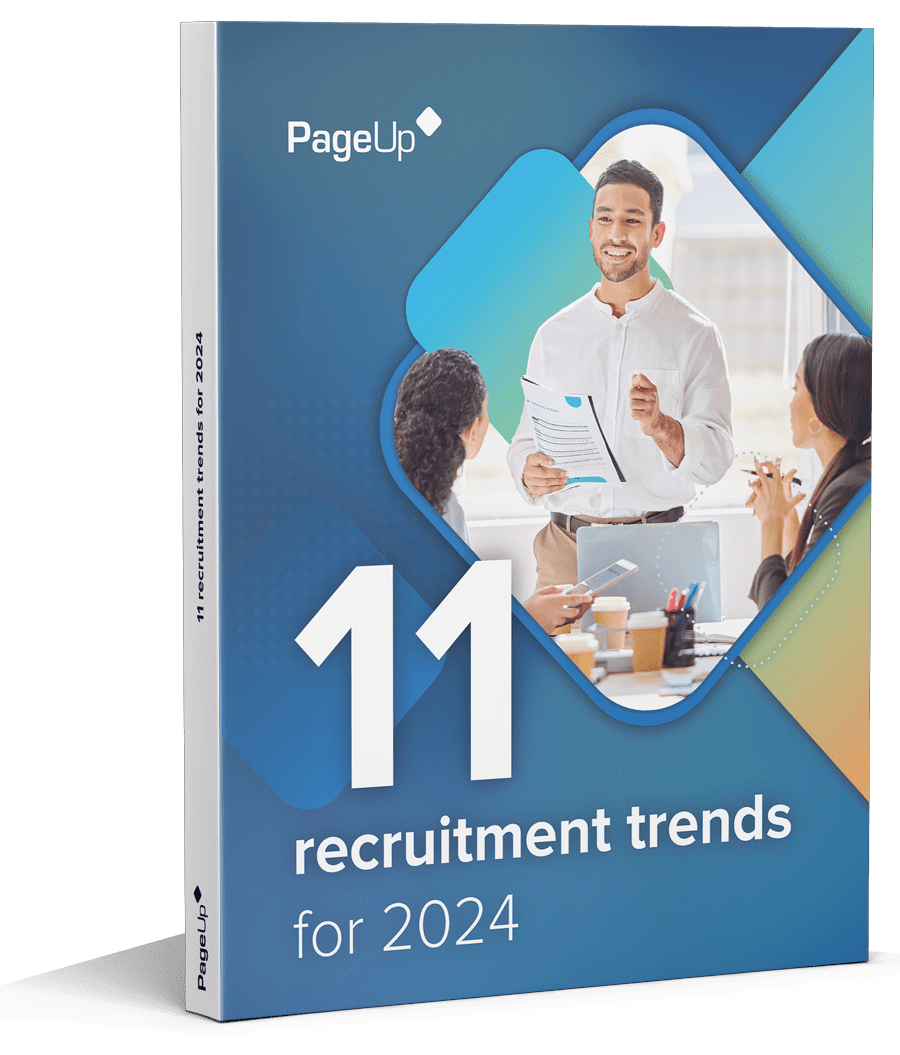Comprehensive academic health center the Medical University of South Carolina (MUSC) has upheld a tradition of excellence in education, research and patient care since 1824. MUSC has more than 3,000 students, almost 13,000 employees and operates a 700-bed medical center and nationally-recognized children’s hospital.
Recruiting and retaining high caliber people is crucial for MUSC to maintain its reputation as both a medical and educational facility. For an organization with this breadth of employees, students and facilities, people management also needs to happen at scale. Here’s how MUSC has leveraged technology to create a recruitment and onboarding experience that reflects its strong employer brand, while also freeing the HR team to add strategic value.
Creating a positive impression from day one
It’s important for MUSC to leave a positive impression with potential candidates and employees from the day they apply for a role right through to their first day with the organization. To achieve this, MUSC first needed to streamline their recruitment and onboarding processes. They did this by consolidating the entire organization’s talent management onto one unified talent management system. This eliminated the inefficiency of operating across multiple systems and allowed MUSC to present a united front to prospective candidates.
From the moment they accept their job offer, new starters are given access to a central portal that has all the necessary learning activities, compliance tasks and information they need to hit the ground running. Feedback from new starters has been overwhelmingly positive. MUSC is now able to deliver on the employee value proposition promised in the recruitment process.
Feedback from new starters has been overwhelmingly positive. MUSC is now able to deliver on the employee value proposition promised in the recruitment process.
Free to add value
Implementing a streamlined talent management system has also revolutionized the way MUSC’s HR team approach their daily tasks. The team now has the free time and access to valuable data that they need to excel in their roles. That’s because people who had previously spent hours manually inputting information and processing paper-based workflows are now free to spend time on tasks that add more value. To inform future strategic talent management, people leaders also have access to valuable data and analytics that tell a story about the effectiveness of MUSC’s recruitment and onboarding approaches.
The team now has the free time and access to valuable data that they need to excel in their roles.
Being able to pull data directly from a single source and drill down into metrics helps hiring teams understand more about the type of applicants they receive and where they come from. This helps the institution identify hiring trends, single out the most effective successful candidate sourcing channels, and make smarter recruiting decisions. Hiring managers spend time qualifying the best candidates, not sifting through a pile of applications.
Developing for the future
Strategically, MUSC has the tools it needs to inform and develop its talent management strategy for the future. This has created a step change in the focus of the Talent Acquisition team. Rather than dealing with day to day administrative tasks, the team can develop strategies that help MUSC build its reputation as an employer of choice and identify innovative ways to secure the best talent.
Rather than dealing with day to day administrative tasks, the team can develop strategies that help MUSC build its reputation as an employer of choice.
MUSC now enjoys optimized recruitment and onboarding. Given the challenges of implementing robust talent management strategies in an organization of their size and breadth, their approach is an inspiring example of best-practice recruitment and onboarding optimization.
Consolidating separate systems
MUSC operates different functions through several separate entities, which in the past meant that each entity had its own talent management processes and systems. This created internal silos that made it difficult for HR leaders to create and implement a talent management strategy across the entire organization. What’s more, hiring managers had limited visibility over critical information like time-to-fill, so they couldn’t identify opportunities to improve their recruitment approaches.
Having multiple recruitment systems and processes meant MUSC wasn’t enabling the organization to make the best possible impression on candidates. With three different application systems, candidates that applied for roles across the organization were unable to view all their applications in one place. MUSC now has a streamlined system that tracks applications and gives hiring managers valuable recruitment data, while also delivering candidates and jobseekers a great user experience.
Saving time
By overhauling the aspects of its recruitment and onboarding process that were manual and administrative, MUSC has given HR managers more time to spend on value-added tasks. Instead of spending time on the phone explaining to new starters where they need to go and what tasks have to be completed, onboarding is now a seamless, streamlined process that lets employees hit the ground running from day one.
To continue to attract high-caliber talent and deliver on its employee value proposition, MUSC has leveraged technology to improve its recruiting and onboarding processes. Doing so has freed up the time and resources needed for the organization to focus on delivering a great candidate and employee experience.
Fresh insights for HR
Stay up to date with HR trends, tips and more when you sign up for our industry newsletter





